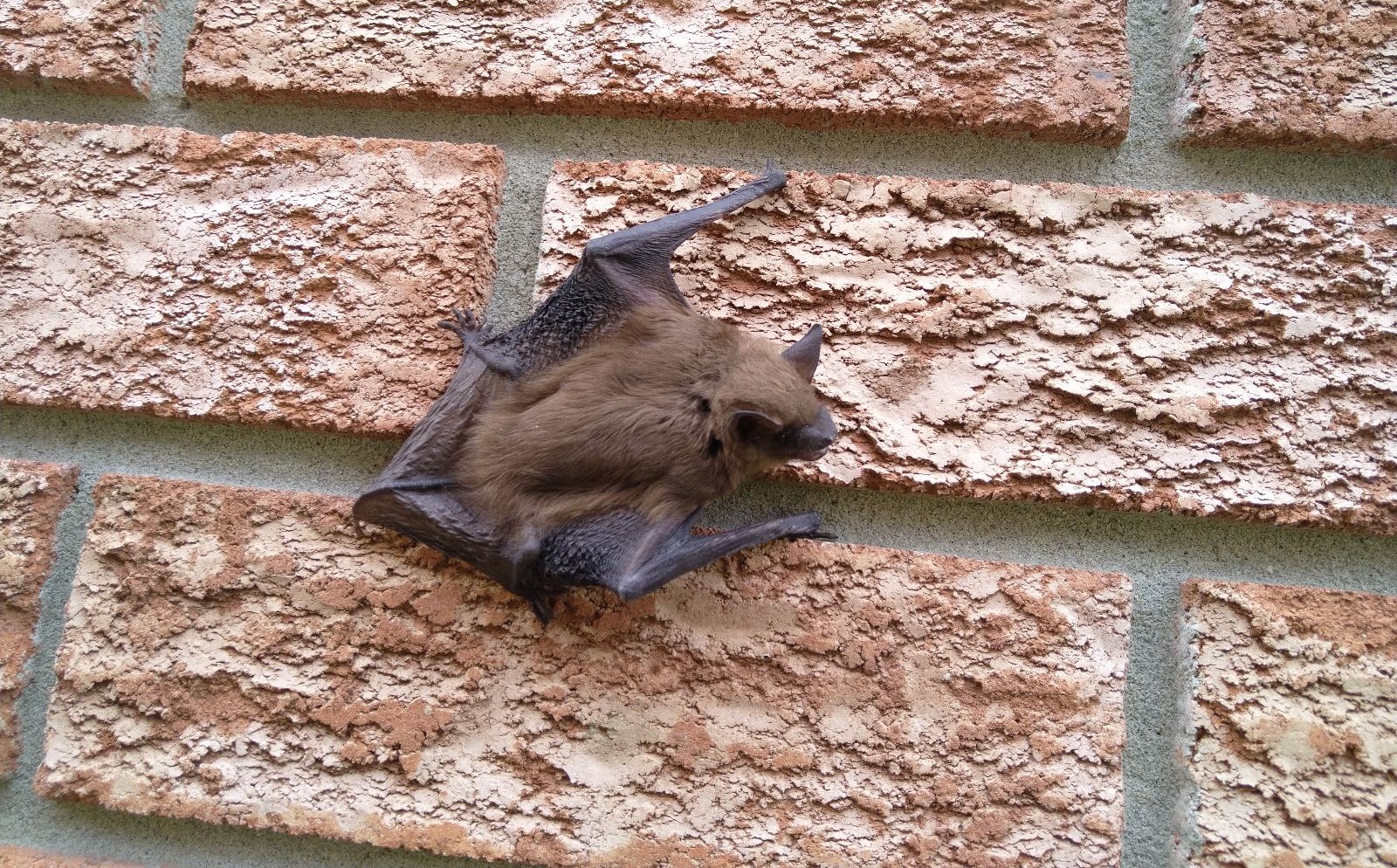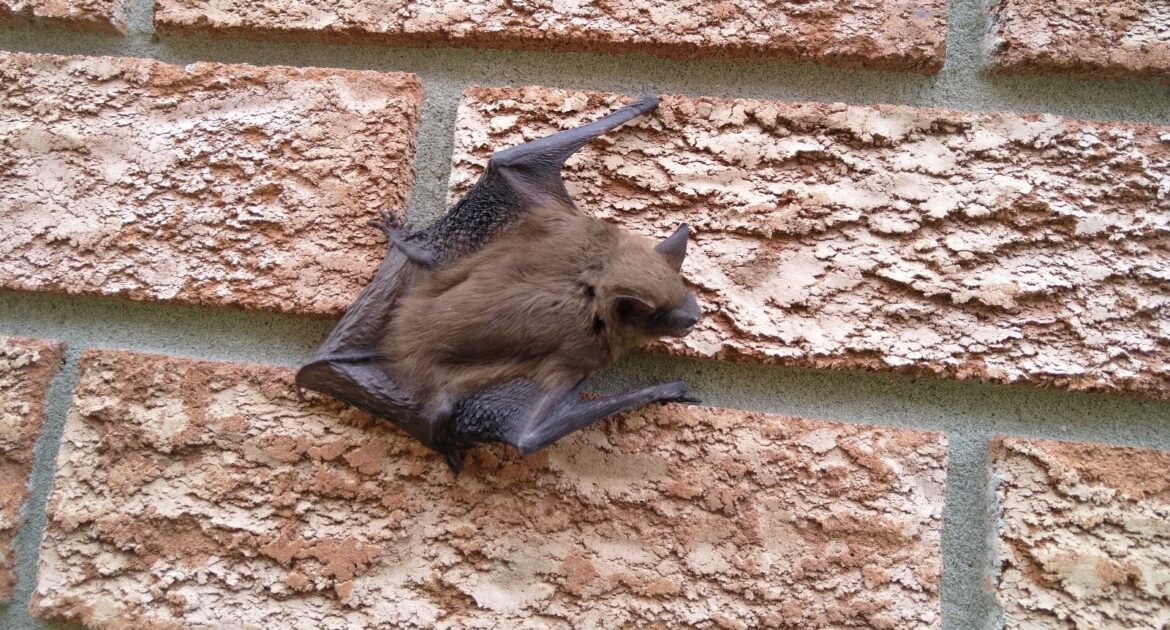Bats are among nature’s most fascinating creatures, serving as remarkable allies for homeowners looking to create a more balanced ecosystem. Attracting bats to your yard in Denver not only provides natural pest control but also contributes to local biodiversity and pollination.
Just as Red Rocks Amphitheater harmonizes entertainment with Colorado’s stunning natural landscape, your yard can blend functionality with ecological benefit through the presence of these winged creatures.
At Skedaddle Humane Wildlife Control, we’ve witnessed firsthand how these misunderstood animals can transform properties while reducing insect populations—all without chemical interventions.
Benefits of Bats in Your Yard
These animals offer remarkable advantages that make them worth welcoming to your outdoor spaces. Understanding these benefits helps appreciate why attracting them makes ecological sense for Denver homeowners.
Natural Insect Control
These mammals are nature’s most efficient pest controllers, capable of extraordinary feats when it comes to insect management:
- A single bat can consume 1,000-3,000 mosquitoes and other small insects in a single night.
- Colonies can dramatically reduce pest populations around your property.
- They target many insects that are agricultural and garden pests.
- Unlike chemical pesticides, they provide continuous, non-toxic pest management.
The pest control services these animals provide can save homeowners hundreds of dollars annually on commercial pest treatments, while being completely non-toxic. In terms of health, reducing mosquito populations helps decrease the risk of mosquito-borne illnesses that can affect both people and pets in the Denver area.
Garden and Ecosystem Services
Beyond insect control, these creatures contribute to your garden and the broader ecosystem in several meaningful ways. While Colorado bats aren’t primary pollinators like their tropical cousins, they do contribute to the pollination of night-blooming plants. Some species help spread seeds, contributing to plant diversity in your neighborhood, and droppings make an excellent natural fertilizer, rich in nitrogen and phosphorus. Attracting bats creates a more balanced ecosystem, supporting other beneficial wildlife relationships.
By creating a bat-friendly environment, you’re promoting a healthier and more vibrant outdoor space, alongside enhancing the surrounding Denver ecosystem.
How to Attract Bast in Denver
Attracting bats effectively requires understanding their habitat needs and preferences. Denver’s unique climate and geography create specific considerations for attracting them.
Native Plants That Attract Insects Bats Love
One of the most overlooked aspects of attracting bats is the importance of native plants. These plants not only thrive in Denver’s climate but also support the insect populations that bats feed on.
Consider planting evening primrose (Oenothera species), which attracts moths, and goldenrod (Solidago species), which supports diverse insect populations. Rocky Mountain bee plant (Cleome serrulata) attracts numerous pollinators, while sunflowers (Helianthus species) host many insects. Native grasses like blue grama create habitat for ground insects.
Arrange these plants in clusters rather than individual specimens to create “insect hotspots” that will attract more bats. Establish diverse native plantings to create an abundant food source that makes your yard irresistible to local species.
Installing Proper Bat Houses
Bat houses provide safe roosting locations and encourage them to take up residence on your property. For Denver’s climate, specific considerations apply:
- Optimal placement: Mount bat houses 15-20 feet high, facing southeast to southwest to maximize morning sun exposure.
- Temperature management: Houses with multiple chambers allow the animals to move to areas with preferred temperatures as conditions change.
- Construction specifications: Use rough, untreated wood with 3/4-inch spacing between chambers.
- Color considerations: Paint exterior surfaces dark brown or black to absorb heat, helping maintain proper temperatures.
Install houses in late winter or early spring before bats return from migration or emerge from hibernation, giving them time to discover the new housing option.
Water Sources and Open Spaces
Bats need reliable water sources and adequate flying space. Consider installing a small pond, bird bath, or water feature that remains accessible at night. Ensure water sources have gradual edges where bats can drink while flying. Maintain open flight corridors free of obstructions and create edge habitats, which bats prefer for hunting. In Denver’s drier climate, consistent water access is particularly important for attracting and retaining bats.
Bat Species Common to Denver
Understanding which species you’re likely to attract helps tailor your habitat creation efforts. Denver and the surrounding areas are home to several species, each with unique characteristics and preferences.
Big Brown Bats
The big brown bat (Eptesicus fuscus) is one of the most common species in Denver. Larger than many other local species, it has a wingspan of 12-16 inches and is highly adaptable to urban environments. These bats often roost in buildings, bridges, and bat houses and consume large quantities of beetles.
Little Brown Bats
The little brown bat (Myotis lucifugus) is another species often found in the region. With a smaller wingspan of 8-11 inches, it prefers wooded areas near water sources and is an exceptional mosquito consumer.
Hoary Bats and Silver-Haired Bats
These migratory species visit the Denver area seasonally. Hoary bats are a solitary tree-dwelling species that roost in foliage, while silver-haired bats prefer forested areas but visit yards with appropriate tree cover. Typically present from late spring through early fall, they migrate south as cooler temperatures arrive.
Addressing Common Concerns About Bats
Many homeowners hesitate to attract bats due to misconceptions. Here’s what you need to know about health and safety.
Health and Safety Facts
While these animals can carry rabies, less than 1% of wild bats are infected, and transmission to humans is extremely rare with proper precautions. It’s important never to handle bats directly, keep pets vaccinated, teach children to appreciate bats from a distance, and contact professionals if a bat enters your home.
Properly designed bat houses direct bats to appropriate roosting sites, reducing the likelihood they’ll try to enter your home. Bat colonies inside your home, however, require professional attention.
When to Call Professionals
Signs of indoor presence include chirping sounds, scratching in walls or attic, or guano accumulation. Bats inside living spaces often indicate a colony in the structure, and professional removal ensures both human safety and humane treatment of bats. Timing is critical, as removal during baby season can orphan pups.
Colorado has specific protections for bats, making professional handling essential for any removal situations. If you’ve been pondering the benefits of bats to your yard or need help with a bat issue at home, reach out to Skedaddle Denver. Our team of experts can provide the guidance and services you need to create a vibrant, bat-friendly outdoor environment. Don’t miss the chance to boost your garden’s natural harmony and enjoy the myriad benefits bats offer—contact us today!




